Are you interested in military history? These are the must-visit war museums in Austria:
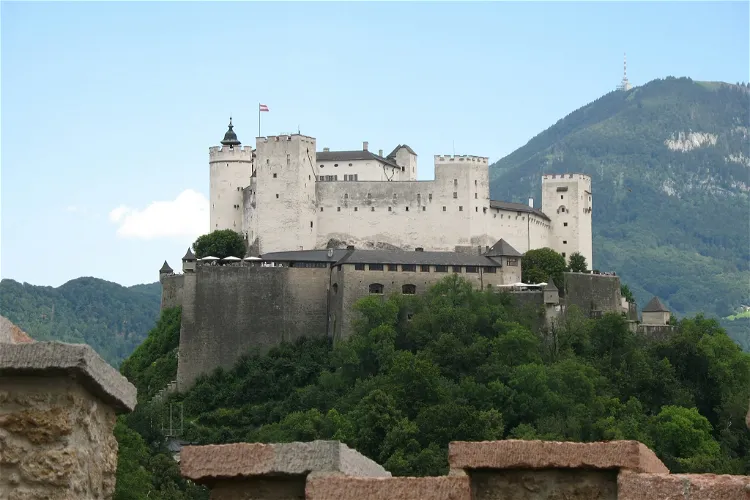
Hohensalzburg Castle
SalzburgHohensalzburg Fortress, also known as Festung Hohensalzburg, is a significant historical site located in Salzburg, Austria. This medieval fortress is situated atop the Festungsberg mountain, providing a panoramic view of the city. It is one of the largest medieval castles in Europe, making it a notable landmark for visitors.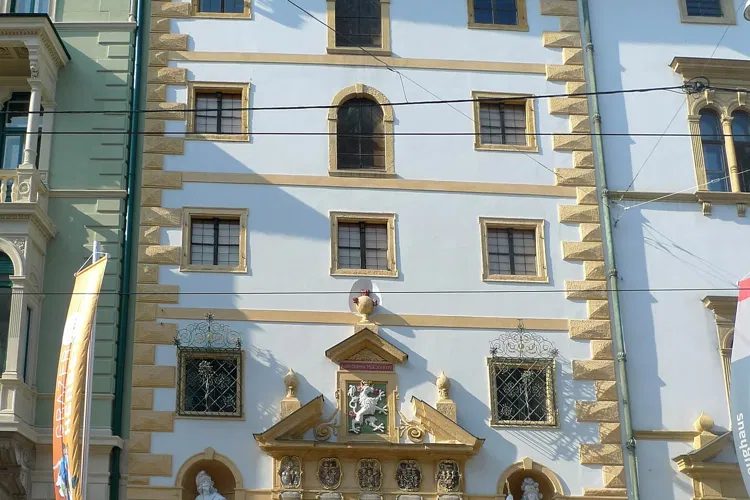
Styrian Armoury
GrazThe Styrian Armoury boasts an impressive collection of 32,000 exhibits, making it the largest armoury in the world. What makes it even more unique is that it is largely preserved in its original state. This allows visitors to experience the armoury as it was centuries ago, adding to the authenticity of their visit.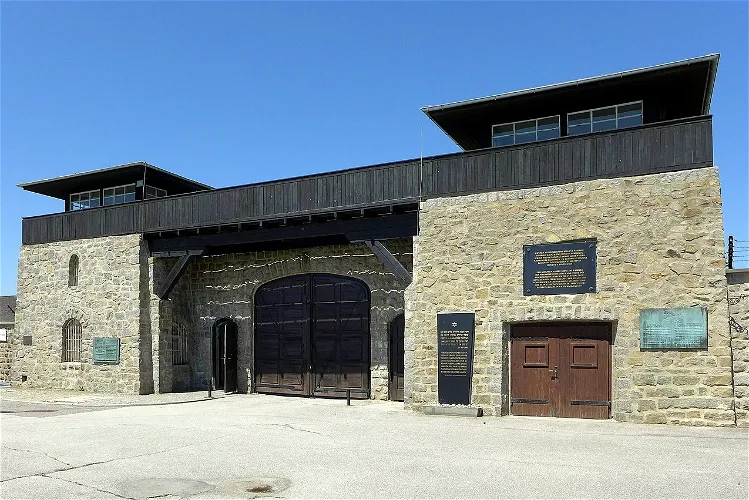
Mauthausen Concentration Camp
MauthausenMauthausen-Gusen was a collection of Nazi concentration camps located around the small Austrian town of Mauthausen, approximately 20 km east of Linz. The main camp was established shortly after Austria's Anschluss and evolved into one of the most notorious concentration camps. The camp was situated near a granite quarry that supplied a large portion of the stone used for paving the streets of Vienna.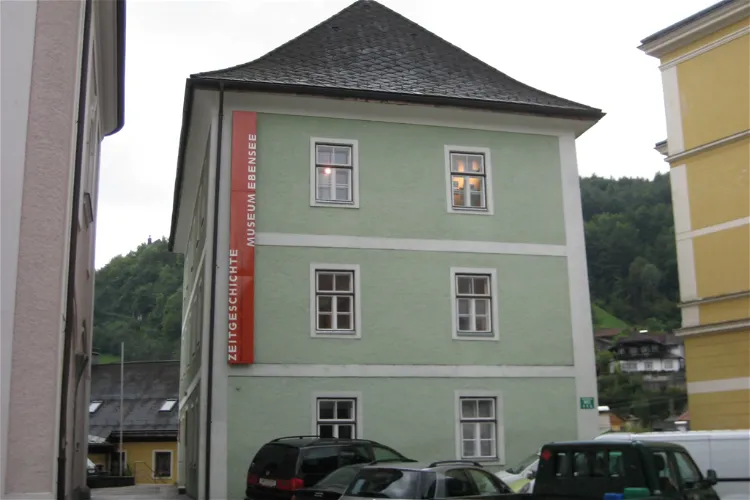
Zeitgeschichte Museum Ebensee
EbenseeThe Zeitgeschichte Museum Ebensee is a historical regional museum situated in the market town of Ebensee, in the Austrian state of Upper Austria. This museum is dedicated to the political contemporary history of the Salzkammergut region between 1918 and 1955. It provides a unique opportunity for visitors to delve into the historical events that shaped this region during this period.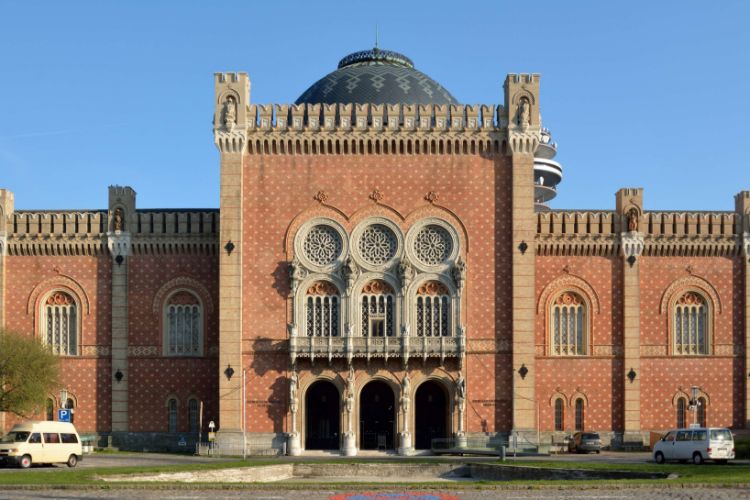
Museum of Military History
ViennaThe Museum of Military History in Vienna (Heeresgeschichtliches Museum) is the museum of the Austrian army. It is the oldest military history museum in the world and the largest built for this purpose. The museum documents the history of the Austrian army from the 16th century until 1955. The museum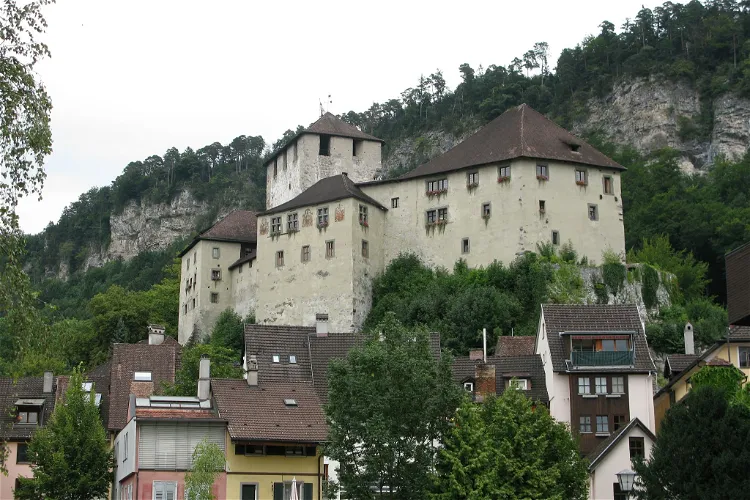
Schattenburg Castle
FeldkirchSchattenburg is a castle situated above the city of Feldkirch in Vorarlberg, Austria. It is connected to the city by the former city wall, which adds to its historical charm. The castle offers a unique view of the city and its surroundings, making it a popular spot for tourists.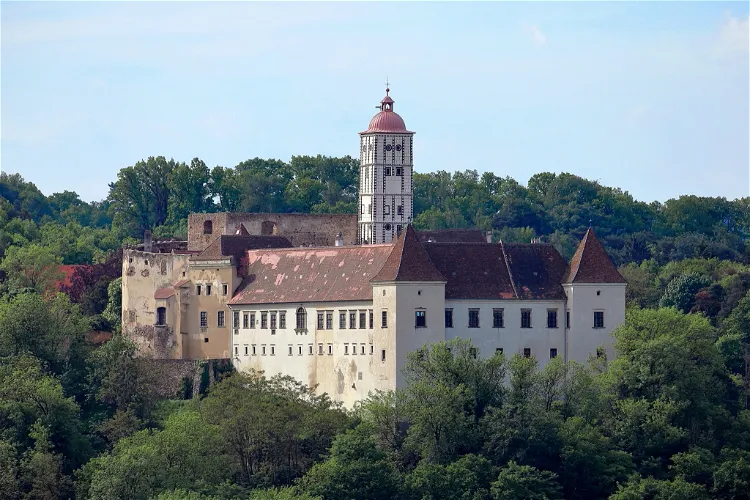
Schallaburg Castle
SchollachThe Schallaburg Castle is a unique blend of architectural styles. It combines elements of a Romanesque residential castle and a Gothic chapel, all patterned in the Italian Renaissance style. This mix of styles gives the castle a distinctive and appealing aesthetic that is sure to captivate visitors.
Styrian Armoury
GrazThe Styrian Armoury boasts an impressive collection of 32,000 exhibits, making it the largest armoury in the world. What makes it even more unique is that it is largely preserved in its original state. This allows visitors to experience the armoury as it would have been centuries ago, adding to the authenticity of their visit.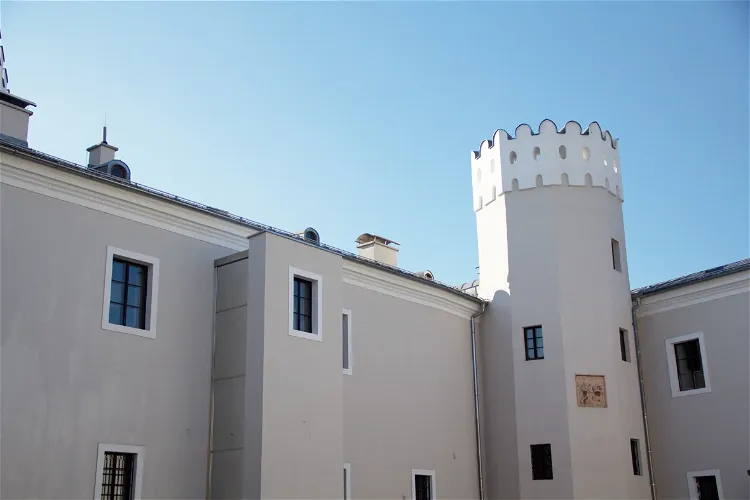
Ebelsberg Castle
LinzEbelsberg Castle, located in the Ebelsberg district of Linz, Austria, is a historical site with a rich military history. The castle was first mentioned in historical records in 1154 and has been the site of numerous military conflicts over the centuries. The most famous of these conflicts is the Battle of Ebelsberg, which took place in 1809 during the Napoleonic Wars. This battle is a significant event in the castle's history and is likely to be of interest to tourists with an interest in military history.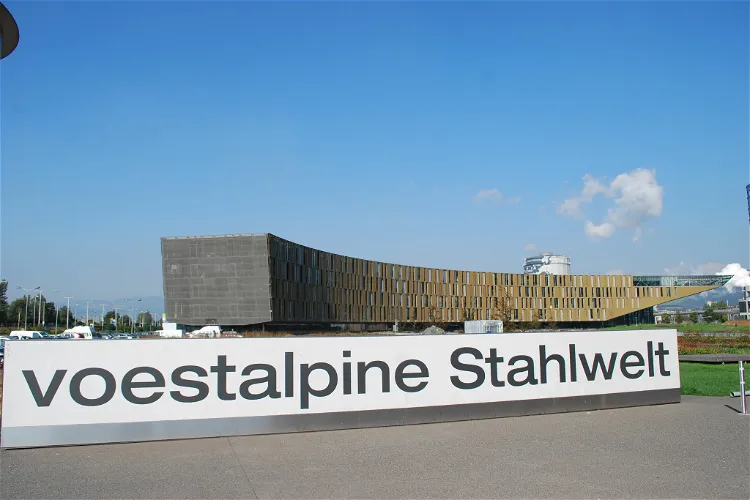
Voestalpine Steel World
LinzThe most important steel production factories of Voestalpine AG are located in Linz, Leoben, and Krems. These locations are significant as they are the heart of the company's steel production operations.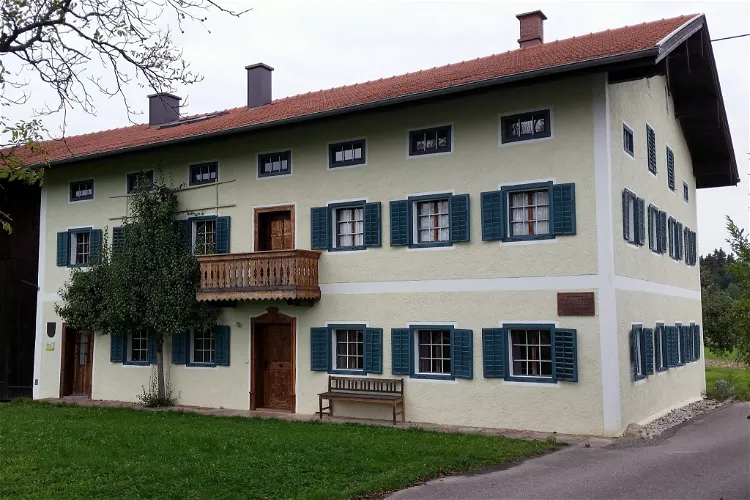
Franz Jägerstätter
Sankt RadegundFranz Jägerstätter was an Austrian conscientious objector during World War II. He was born in Sankt Radegund, a small village in Upper Austria, between Salzburg and Braunau am Inn, where almost everyone was Catholic. He was sentenced to death and executed for refusing to fight for Nazi Germany. His story is a significant part of the history of Sankt Radegund and is likely to be of interest to tourists visiting the area.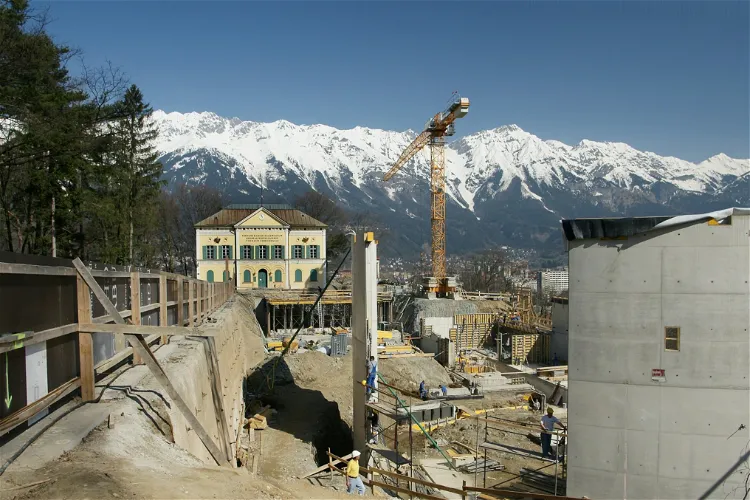
Tyrol Panorama Museum
InnsbruckThe Tirol Panorama, also known as the Museum of the Imperial Infantry, is a significant museum located in Innsbruck, in the Austrian state of Tyrol. Its primary importance lies in the fact that it is home to the Innsbruck Giant Panorama Painting, a significant piece of art that attracts numerous visitors each year.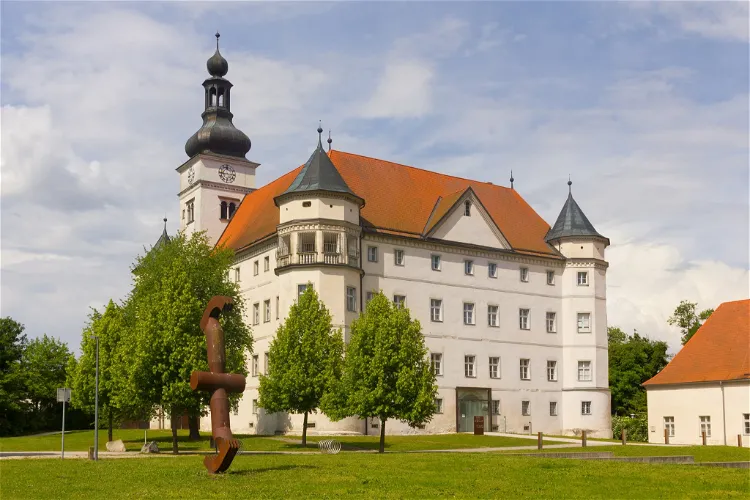
Hartheim Castle
AlkovenHartheim Castle, also known as Schloss Hartheim, is a significant Renaissance castle located in Alkoven, Upper Austria, approximately 14 kilometres away from Linz, Austria. The castle was constructed by Jakob von Aspen in 1600 and stands as a prominent example of Renaissance architecture in the country.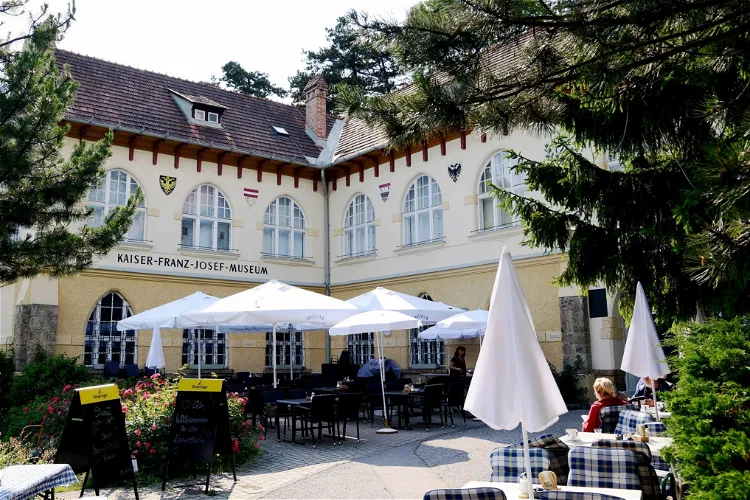
Kaiser Franz Josef Museum
BadenThe Kaiser-Franz-Josef-Museum is situated on the outskirts of the Vienna Woods, in the charming town of Baden near Vienna, Lower Austria. This location offers visitors a unique blend of cultural exploration and natural beauty, making it an ideal destination for those interested in both history and nature.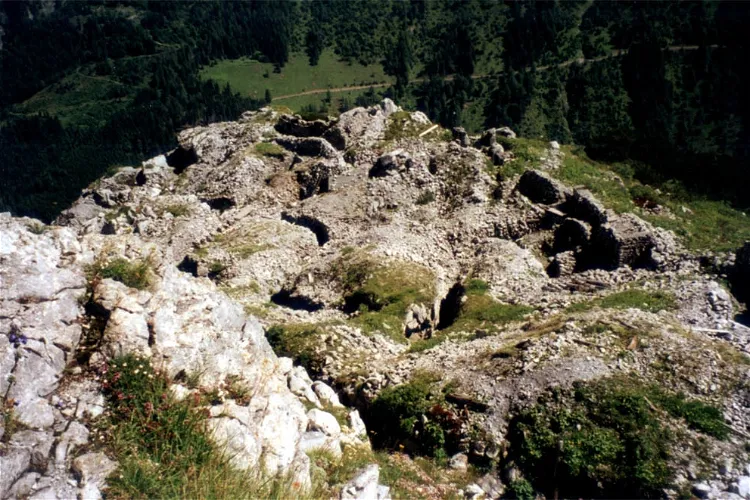
Museum 1915 - 1918
Kötschach-MauthenThe Museum 1915–18 is an anti-war museum situated in the town hall of the market town of Kötschach-Mauthen in Carinthia. This location offers a unique setting for the museum, which is dedicated to documenting the mountain war between Austria-Hungary and Italy during World War I.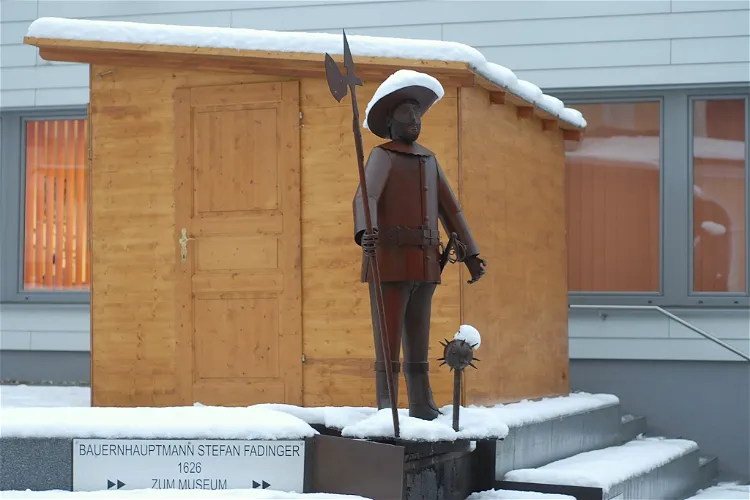
Stefan-Fadinger-Museum
KönigsdorfThe Stefan-Fadinger-Museum, located in St. Agatha in Upper Austria, is primarily dedicated to Stefan Fadinger. Fadinger is renowned as the most famous leader of the Upper Austrian Peasants' War of 1626. The museum offers a deep dive into the life and times of this significant historical figure, providing visitors with a unique insight into this turbulent period in Austrian history.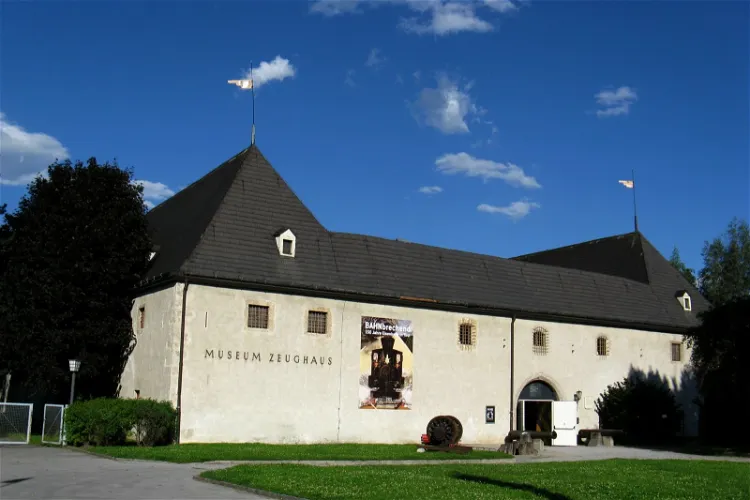
Zeughaus Museum
InnsbruckThe Zeughaus in Innsbruck, originally a weapons arsenal, is now a museum. It is situated in the Dreiheiligen district and is one of the five houses of the Tyrolean State Museums. This historical building, constructed between 1500 and 1505 under the orders of Maximilian I, offers a unique glimpse into the past.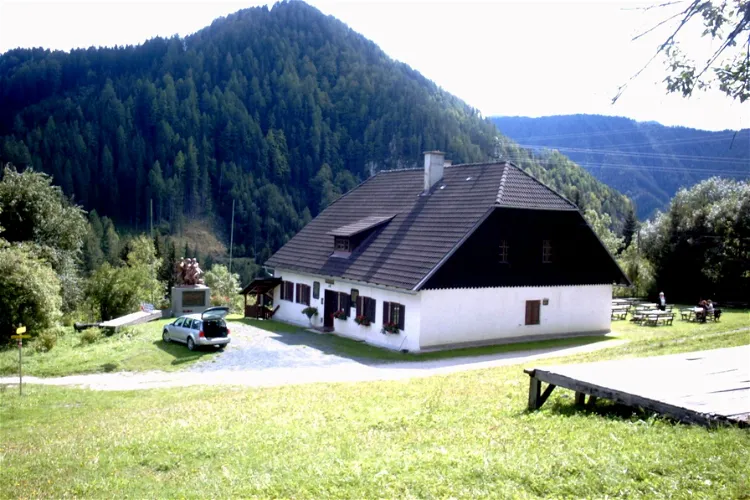
Peršman-Museum
Eisenkappel-VellachThe Peršmanhof, situated in Bad Eisenkappel, has a significant historical background. During the Second World War, it served as a partisan base. A tragic event occurred on April 25, 1945, when a special unit of the I. Battalion of the SS Police Regiment 13 committed a massacre, killing eleven civilians. This historical event is a crucial part of the museum's narrative.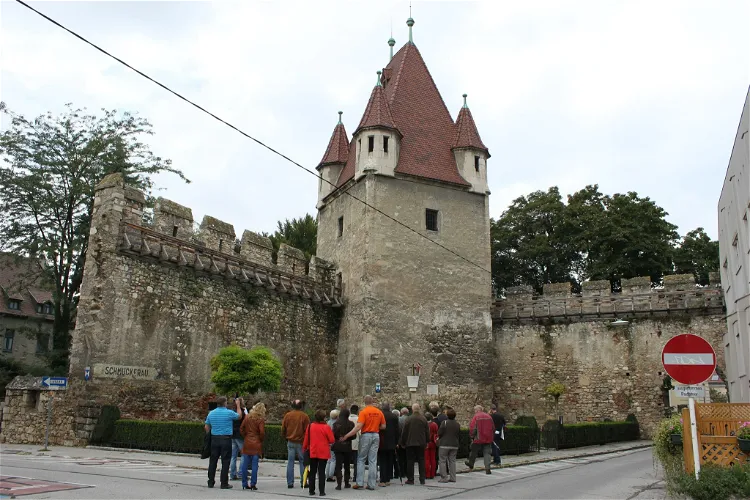
Reckturm
Wiener NeustadtThe Reckturm, located in Wiener Neustadt, is a historical monument dating back to the early 13th century. It served as the northwestern corner tower of the former city wall. This tower holds significant historical value and provides a glimpse into the city's past.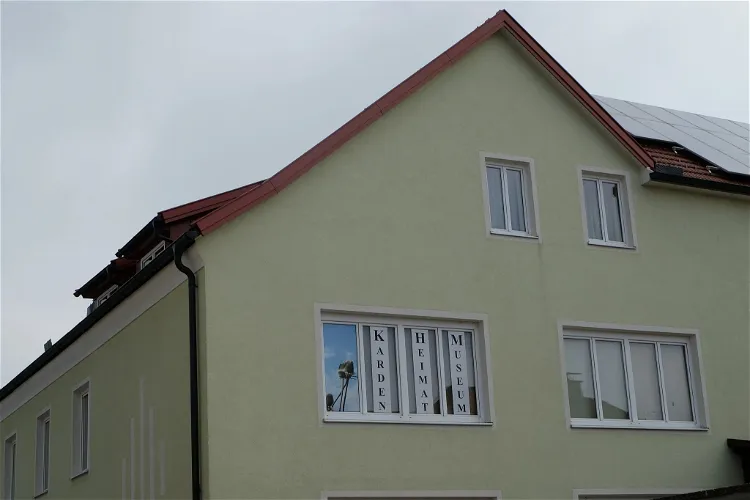
Karden- und Heimatmuseum Katsdorf
BodendorfThe Karden- und Heimatmuseum Katsdorf is situated in the old schoolhouse at the church square in Katsdorf, a district in Upper Austria. This location is steeped in history and provides a unique setting for the museum.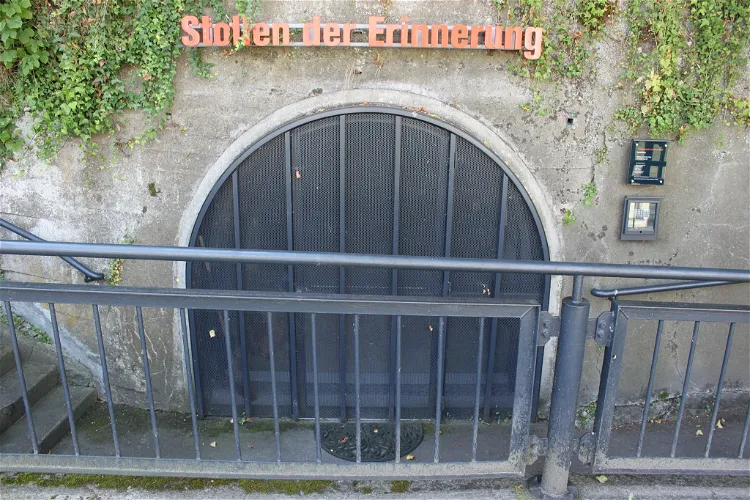
Stollen der Erinnerung
SteyrThe Stollen der Erinnerung, located in the city of Steyr in Upper Austria, is a permanent exhibition dedicated to the history of forced labor and concentration camps. This museum provides a deep insight into a significant part of history, making it a valuable visit for those interested in historical events and their impact on society.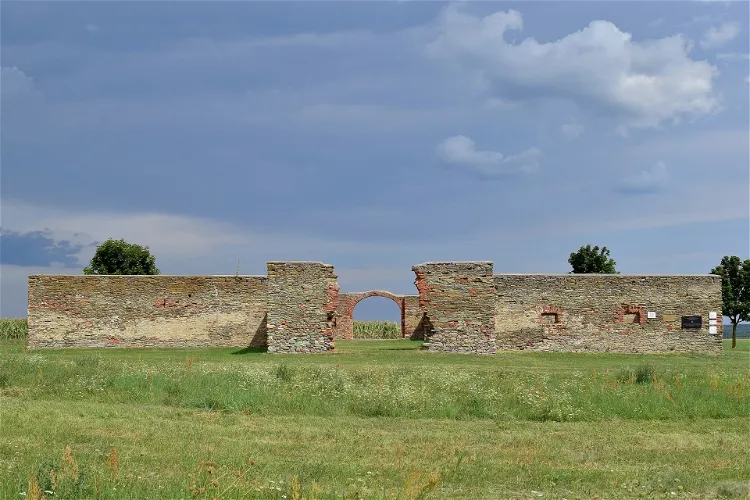
Kreuzstadl Rechnitz
RechnitzThe Kreuzstadl Rechnitz is a significant historical site located on the southern outskirts of the market town of Rechnitz in the Oberwart district in Burgenland. This former agricultural building now serves as a memorial to the Rechnitz massacre. Its location provides a serene and reflective environment for visitors to learn about the tragic events that took place here during World War II.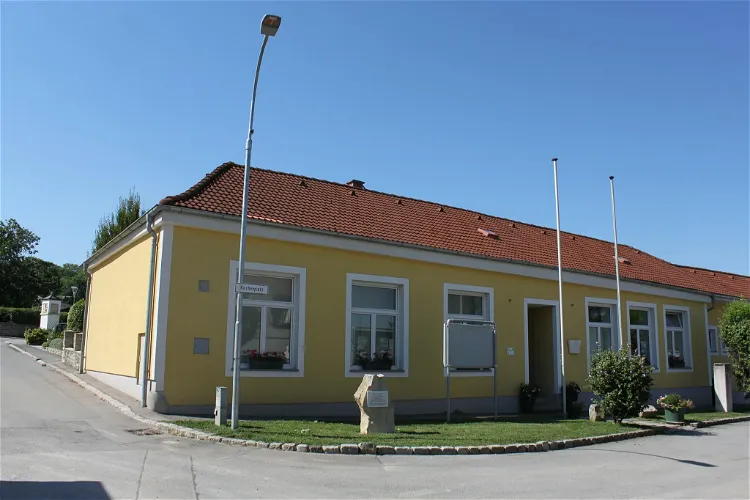
Steinmetzmuseum Kaisersteinbruch
BruckneudorfThe Steinmetzmuseum Kaisersteinbruch serves multiple purposes. It is a research center and a documentation and image archive of the local stonemason's craft. Additionally, it provides information about the prisoner of war camp Stalag XVII A during the Second World War and the subsequent Soviet occupation in Kaisersteinbruch. This makes the museum a valuable resource for those interested in history and craftsmanship.
European Museum for Peace
AltschlainingHoused in a medieval castle, this museum tells the story of wars and violence in order to promote the ideas of peace.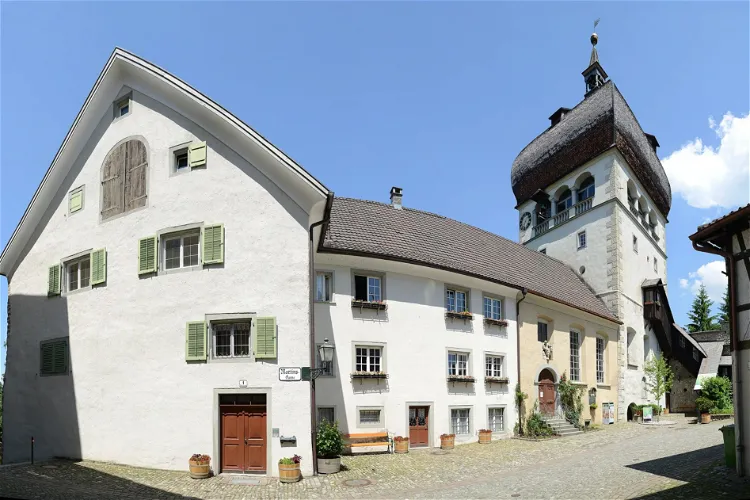
St. Martin's Tower
BregenzIts onion dome is presumably the largest one in Europe. Noteworthy for its frescoes and tiny military museum.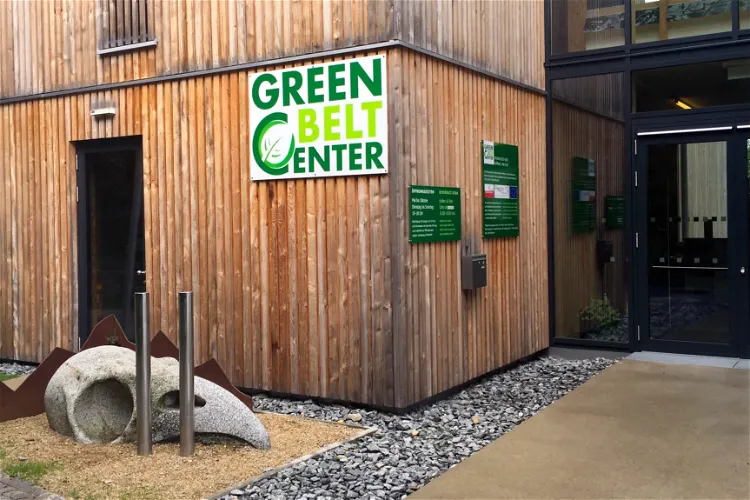
Green Belt Center
Windhaag bei FreistadtThe Green Belt Center, located in Windhaag bei Freistadt, is a visitor center that opened its doors in 2015. It is situated in the northern Mühlviertel, directly on the border with South Bohemia. This location makes it a unique destination for those interested in exploring the region's history and natural beauty.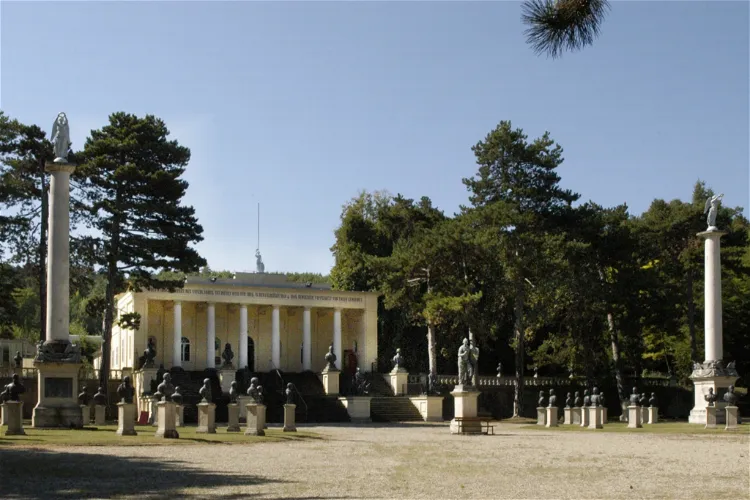
Heldenberg Memorial
HeldenbergThe Heldenberg Memorial in Lower Austria is a significant historical site that houses statues and busts of Austrian rulers and military personnel. This collection of monuments provides a unique insight into the country's past, showcasing the figures who played pivotal roles in Austria's history. Visitors can explore the grounds and learn about the individuals represented in the statues and busts, making it a fascinating destination for those interested in history and culture.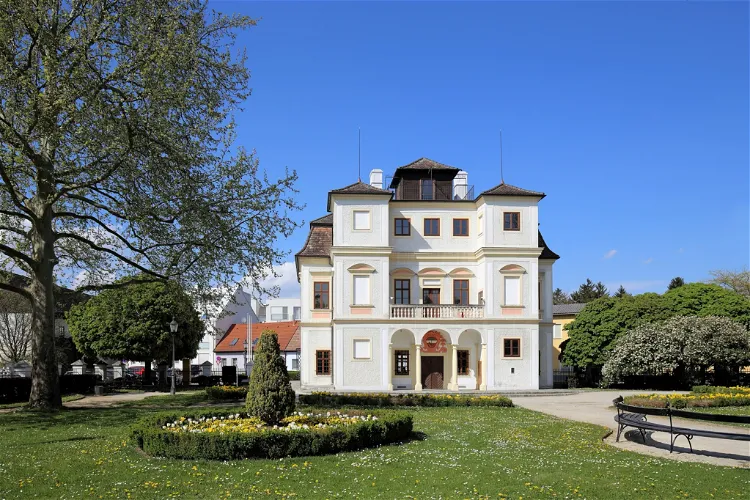
Bezirksmuseum Stockerau
StockerauThe Bezirksmuseum Stockerau is located in the historic Belvedereschlössl, a building with a rich history that dates back to the 15th century. This provides a unique setting for the museum and adds an extra layer of historical significance to your visit.
Museum für mittelalterliche Rechtsgeschichte
ViennaThe Museum für mittelalterliche Rechtsgeschichte (Museum of Medieval Legal History, or Torture Museum) is a museum in Vienna that covers the history of European law with a focus on torture methods from the Middle Ages to the early modern period. The entrance of the museum leads to a bomb shelter fro
Vienna Crime Museum
ViennaThe Vienna Crime Museum is a museum in Vienna that consists of 20 rooms that present the history of the judiciary, the police and crime from the Middle Ages to the present. It shows the medieval penal system and the last public executions in Vienna. Furthermore, criminal cases such as the poisoner H- 31
Bunker Museum
BruckneudorfToday, the Bunkeranlage Ungerberg serves as an open-air museum. It is one of the branches of the Military History Museum. Visitors can explore the facility and learn about its historical significance and the role it played during the Cold War era.